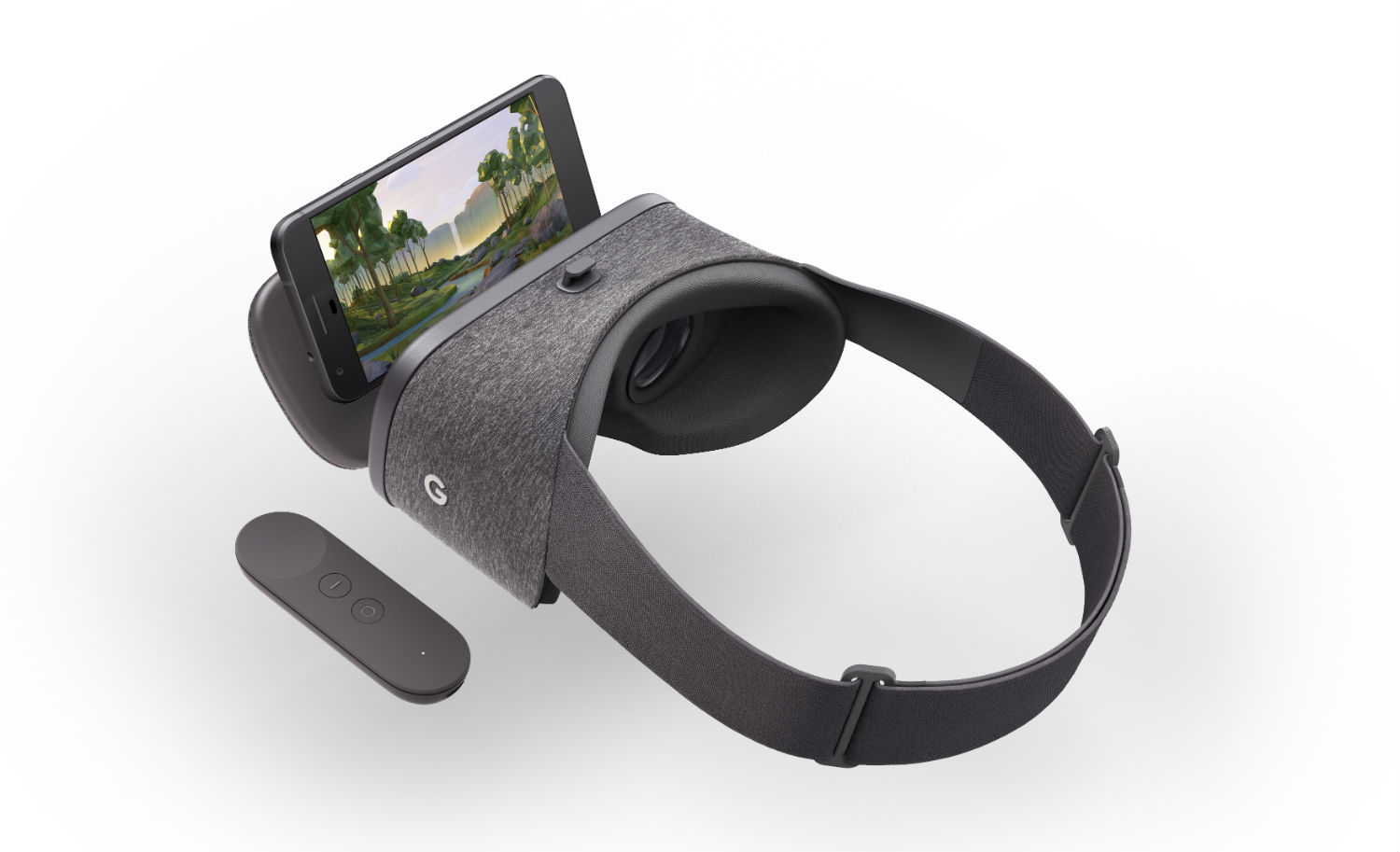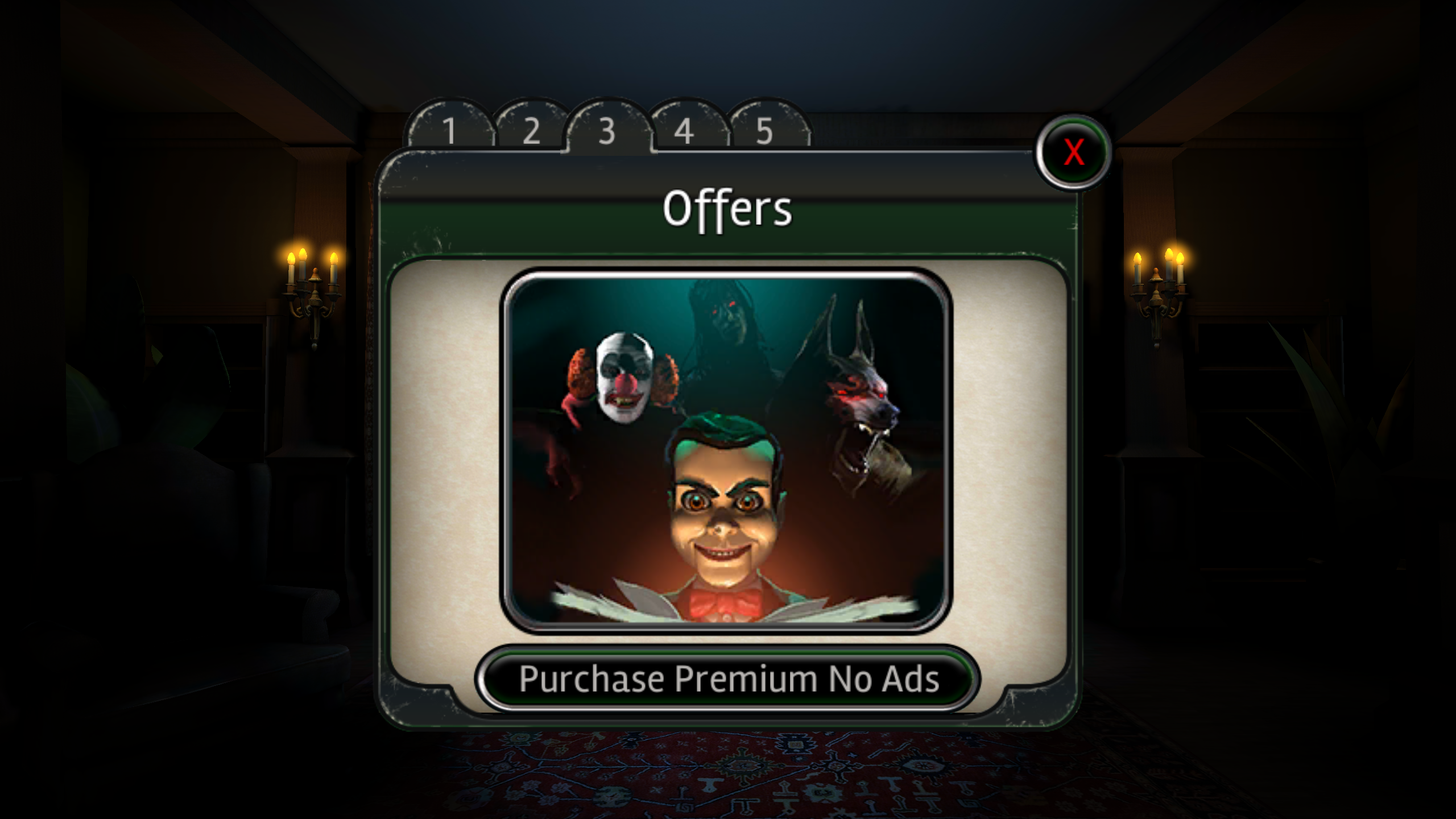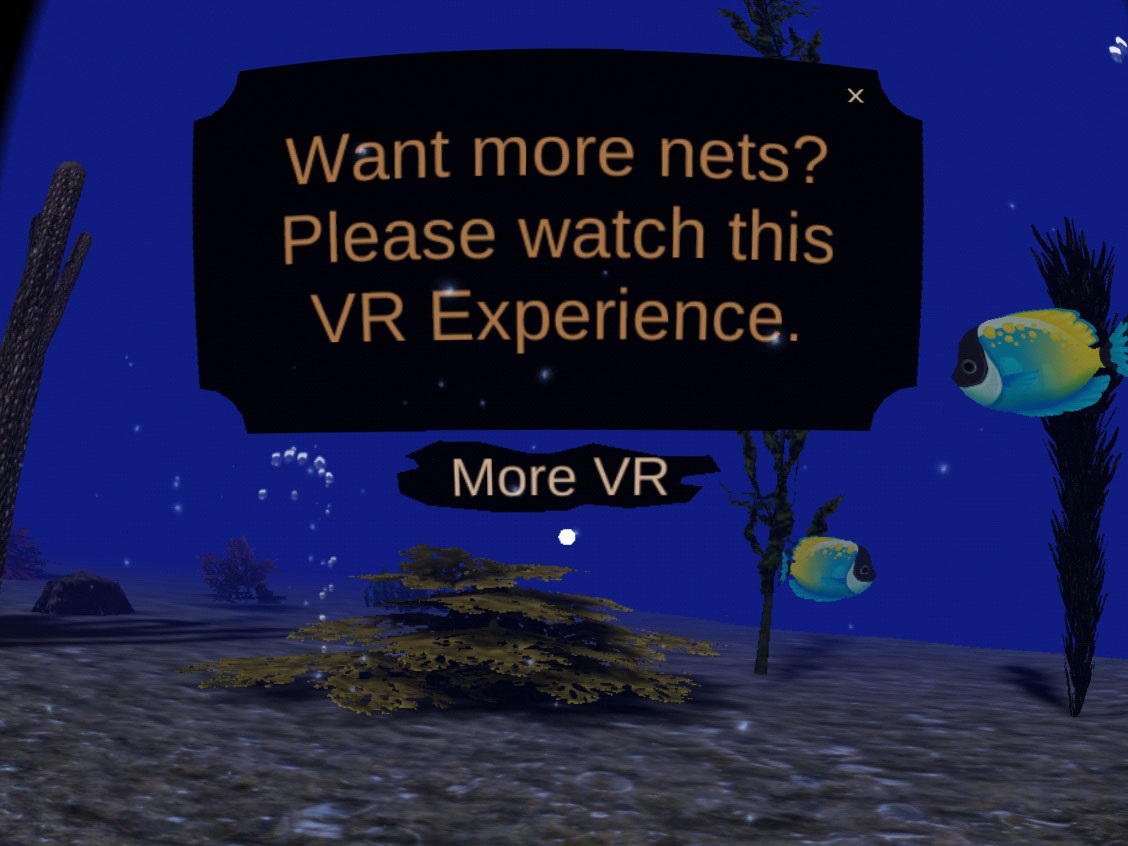As we start to move out of the novelty phase of the VR boom and into a real industry, every game developer is asking the big question: How do I make a business out of this?
For those folks that don’t have some mysterious benefactor funding their research and development or the backing of a platform looking to lock down the best content, the need to pay the bills is a very real concern. So how can a game developer find ways to make money from all of their hard work?
The most straightforward way is to directly charge for your content. Most platforms offer developers a way to charge users to download an app. It’s an easy way to make money but there are some downsides. For one, it can be hard to get a user to spend $5, $10, or $20 for an unknown app, which might require a developer to spend more money creating demos and tutorials. Especially given the reception to rising VR game prices from the public.
Also, game developers are often challenged with needing to charge less than their app may be truly worth to stay competitive with other apps in the category, which can trap them in a cycle of not selling enough copies at that lower price to recoup the cost of development. So what options do you have to try to get more people to try your app and hopefully earn the revenue you were projecting?
We’ll take a look at 3 well tested revenue models for you to make some money on your apps while reaching the larger audience a free app provides. Free models can be risky for a developer, but the upside of a larger user base will often outweigh those risks, here are some suggestions.
Lite Version To Full Version
In the lite version to full version revenue model you will need to create two sections of your app, the first is a free version that will show off why this app is cool to a user and why they should pay for it. Think of it as a marketing tool for your full app. A lot of the early content in VR was positioned as a demo of the full version and many developers sold this demo content because the market was very small and users were hungry for any content. This is changing now, with more full games and apps coming to market, users are not going to put up with paying for a demo or extremely early prototype and they will let you know with bad ratings and reviews, which will kill your app.
In the lite version to full version model, you give away the demo, letting everyone try it and gating additional levels or content behind a paywall. The upside is you get a much large user base that is willing to try unknown content for free.
The downside is that it can be challenging to upsell users to that premium content. Developers have spent years figuring out what is the right amount to give away. PC downloadable games like Diner Dash made a science out of the right tipping point to gate users for optimal conversion rates, so it might take you some time and experimentation to figure out the right fit for your app, but if your content fits the model, it’s worth trying.
Free Game With Ads
Next is the free game with ad support revenue model. In the interest of transparency, I am the evangelist for a VR discovery platform, but being in this position has allowed me to see the right ways to use videos and ads to monetize content. It’s a model that most people are familiar with and often consume it without realizing, such as on YouTube, television shows, and even Facebook — they all use this to get their content out to the largest user base possible while earning revenue for it.
For VR, it’s important to use ad content that doesn’t break the VR experience for the user, so as a result older styles such as banner ads are not going to work in VR. If you’re going to make use of ads, you’ll want to look at content like Immersive 360 video and product placement, things that keep the user in VR but still provide you revenue.
In terms of where to place ads, you’ll want to look for locations in your app that are natural breaks or stopping points, places like the end of a level, before the start of a piece of content or on a loading screen. These are all good locations that don’t break the flow but still have enough volume of users to be worthwhile. It’s important to remember that the revenue earned on ads is based on the number of users engaging with the content, so hiding ads in areas that users don’t go to doesn’t help you earn revenue.
In-App Purchases
Finally is the in-app purchase revenue model, also referred to as virtual currency. This model is well proven on mobile apps and at some point it will likely be very prevalent in VR as well, as some games are already experimenting with it. Currently, platforms don’t have a great method in place to allow users to make in-app purchases in the VR environment but it will be coming, so planning to incorporate it into your future development makes sense.
The best way to make use of a virtual currency is to create an exchange in your app that the user buys with real money, like coins, gold or whatever fits the game. The user buys a package of this currency with real money and then uses the gold to buy other items. Think of stuff like buying Pokeballs in Pokemon GO.
There are a couple of reasons for this two-step process. First, you want to reduce the number of times the user needs to make a purchase. It’s often a friction point, so if you can get them to make one larger purchase and then do the small item purchases with coins in the app, it makes it more likely for the user to buy items in the game and need to buy the currency.
Another benefit of a virtual currency is that you can also reward users for loyalty or retention in the app by giving them small amounts of the currency to keep them engaged. This includes things like bonuses for logging in every day and social sharing rewards. These are proven to be great ways to make users feel good about your app.
In the end, the paid model might be best for your app, but it might not be as well. Not every app works with alternative business models, or there might be more than one type of free model that works, like having a virtual currency as well as showing ads. It’s not a magic bullet, but a lot of data crunching, trial and error, a dash of luck, and having a great idea will all help you make money in VR.
Rob is a veteran of the game industry, having worked for over twelve years on everything from small start-ups to the largest IP’s in the world. His background is in production and design, with a specialization in Free to Play games on mobile and VR platforms. Recently Rob ran the international publishing team for Tapjoy and was the North American producer for the launch of World of Tanks: Blitz with Wargaming.
For more information on learning how to get involved in the VR development community, be sure to check out the Upload Collective, our VR Workshops, and the VR Academy.































